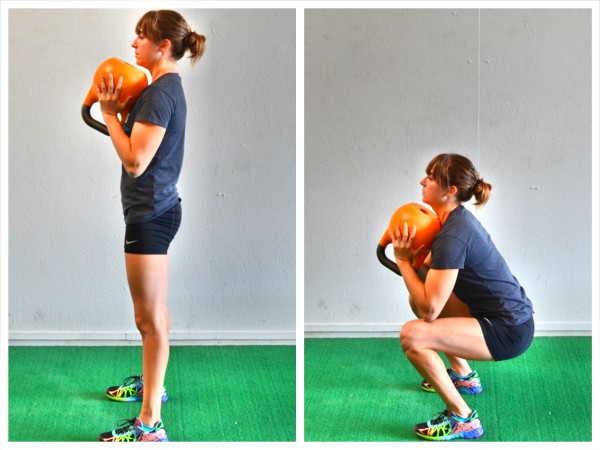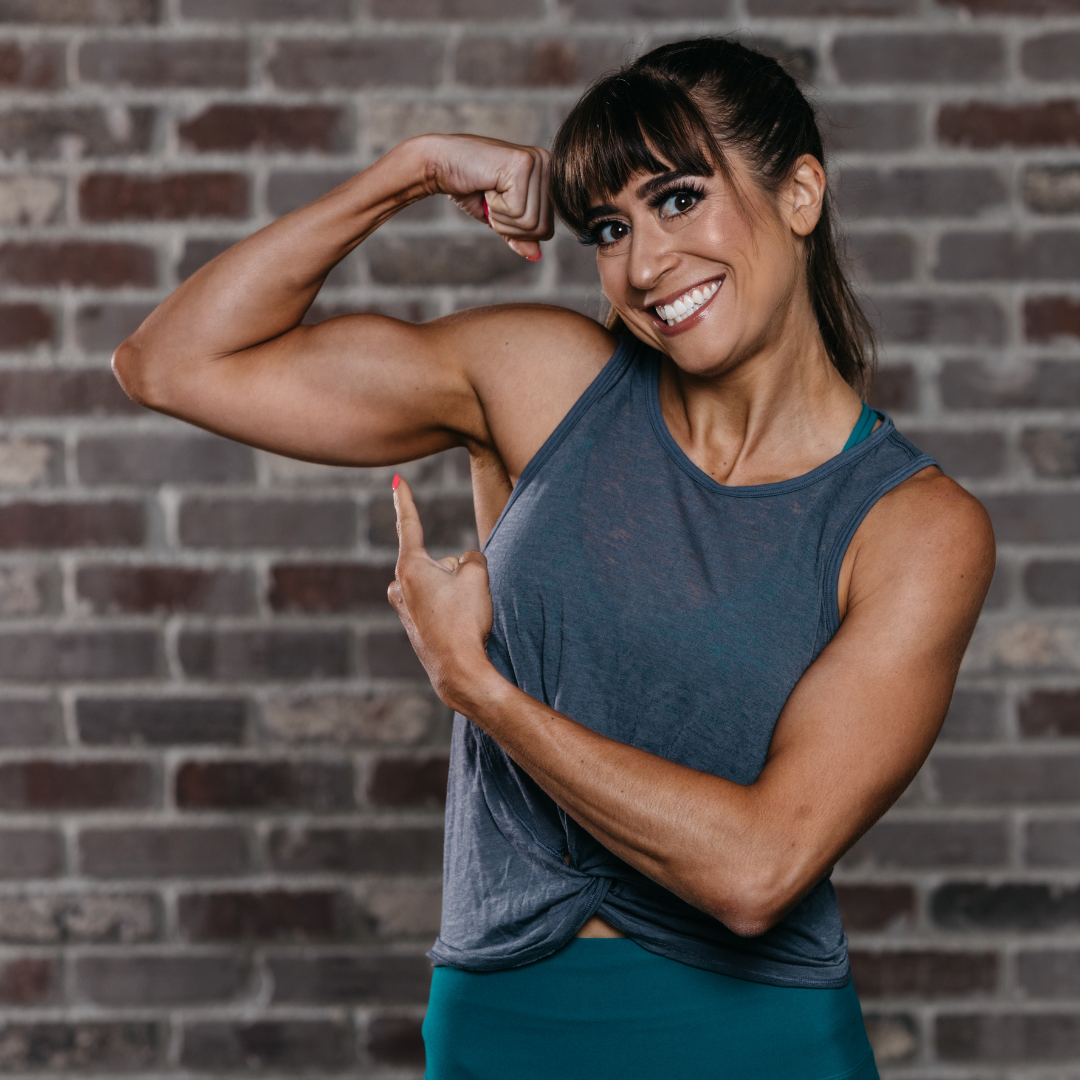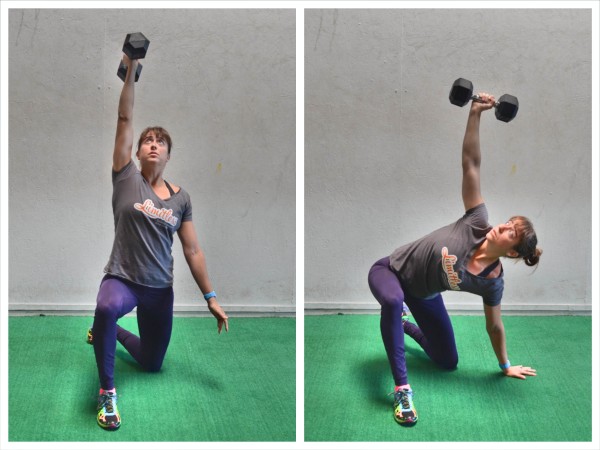

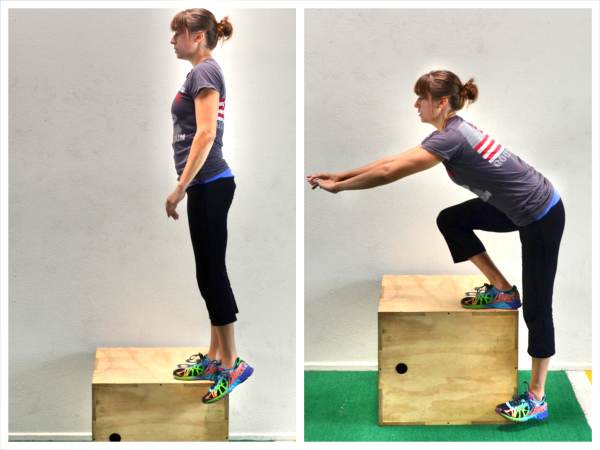
The Get Rid Of Knee Pain Workout
This content is for members only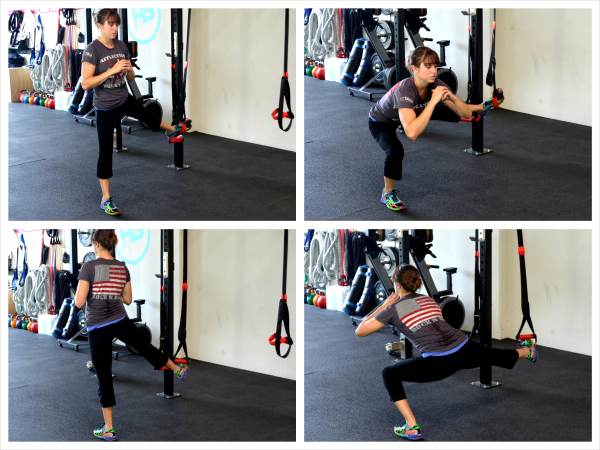
Strengthen Your Foundation Workout
This content is for members only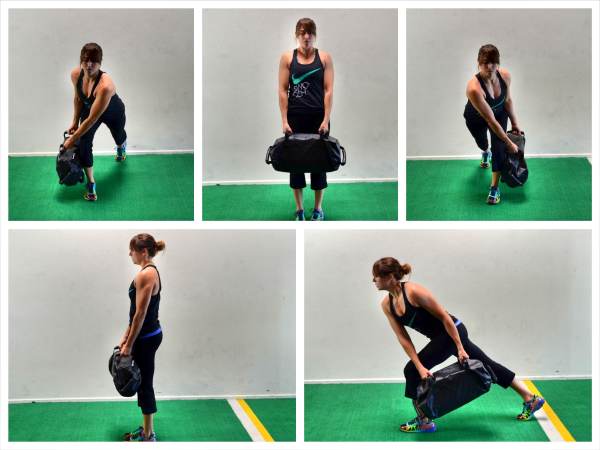
The Sandbag Cardio Workout
This content is for members only